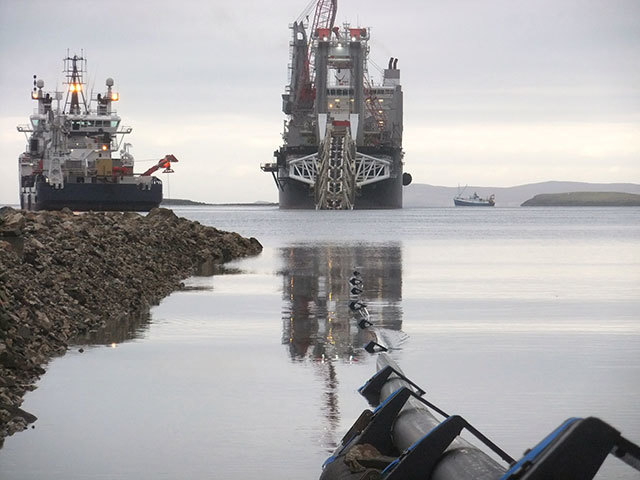
The potential revenues which come from Enhanced Oil Recovery (EOR) will be realised by the oil and gas industry within the next five years, according to an industry expert
Members of the industry gathered for the final day of Deep Offshore Technology International 2014 (2014) to discuss enabling technologies to maximise recovery.
Andrew Parker, the team lead on Enhanced Oil Recovery for Shell, said he believed work being completed across the industry to create better and more cost-effective technology would come to fruition within half a decade.
He spoke on the final day of the event, which has seen delegates from across the globe come together to discuss the future of deep offshore activity.
Mr Parker was joined by company representative including Jeremy Cutler from Total and Kieran Kavanagh from Wood Group Kenny to discuss the current sector climate and its future.
Kieran Kavanagh, group technology director, for Wood Group Kenny said: “We have an opportunity to increase value at the production end and that is from enhancing resource recovery.
“There are several ways the industry chooses to do that, some of that is by enabling technologies that allow us to build more economical oil fields or tiebacks to existing facilities.
“We have the opportunity to enhance recovery through EOR technologies.”
Mr Parker said Shell was, alongside many other companies, developing technology which, when ready, would be used in future enhanced recovery projects.
He said:“In five years’ time I know we will be in different situation so I see it very much like a flower which is starting to open.
“Many of our competitors are progressing their own special technologies. We have our own special technologies as well.
“In five years’ times there will be a number of pilots of technologies that will open up EOR to let people see the potential of it.
“I don’t expect that we are going to have lots and lots of EOR fields operating but I do expect that the industry should have a different viewpoint on EOR and in particular it’s the other aspects that are now coming together and making sense.
“We have to find that deployable situation for the deepwater. It’s a step by step project.
“So in five years’ time I’m very positive we will be in a different situation than we are now.”
Jeremy Cutler, head of technology innovation for Total E&P UK, spoke about the challenge his company faced when working on the Laggan and Tormore fields in the West of Shetland.
He said the difficulty for the company was not the technology, but rather the environment they encountered.
Mr Cutler said: “The challenge is the environment itself. It’s the most extreme environment you can get in the world apart from perhaps the Arctic.
“It was a relatively straightforward concept. One of the major challenges we had was the realisation we had quite a significant risk of paraphin wax building up in the early years of production so we had to design a system which allowed us to have round trip pigging through two 18-inch flowlines.
“The technology was largely there but the challenge for us was really rather around the adaption and integration of existing technologies into a highly complex system.
“Nothing is ever easy with a project like this where the costs have to be kept to a minimum to ensure that you have an economic project at the end of the day.
“It’s about creating value for me, through a different technology creating competition – a technology that will increase overall reserves.
“You’ve got to be looking ahead because it’s too late to react to the immediate need in front of you. It’s about somehow ensuring we’ve got that vision going forward from the point we are at now in the industry.
“Time is running out, there are higher costs, aging infrastructures and smaller discoveries.”
Recommended for you
